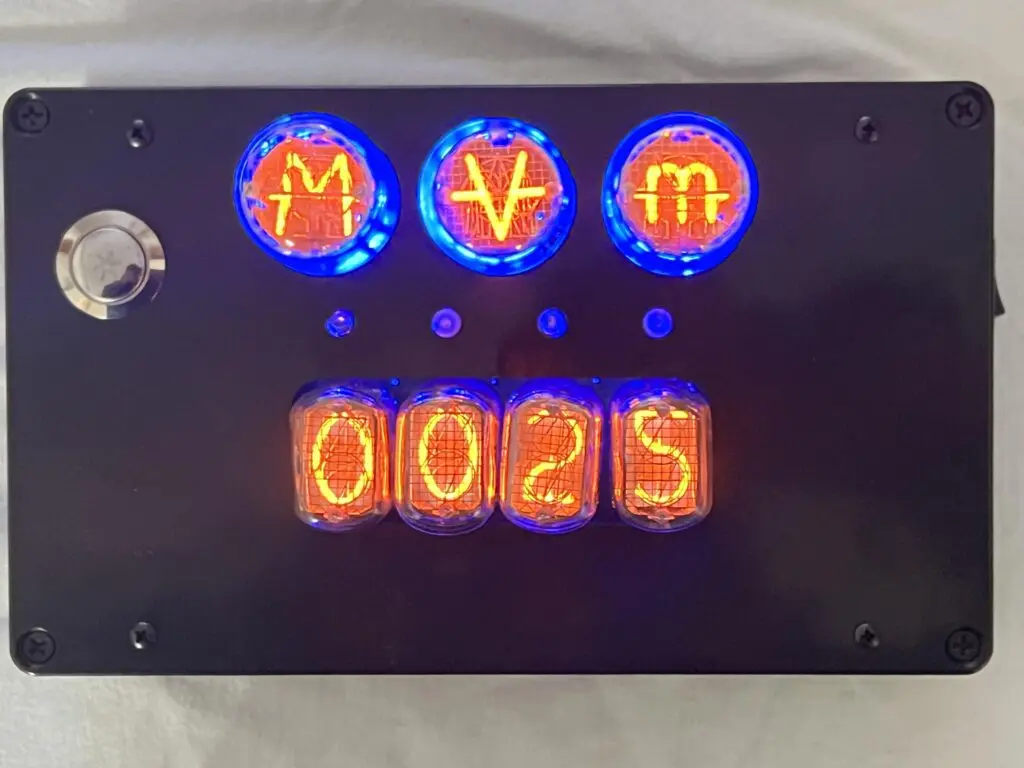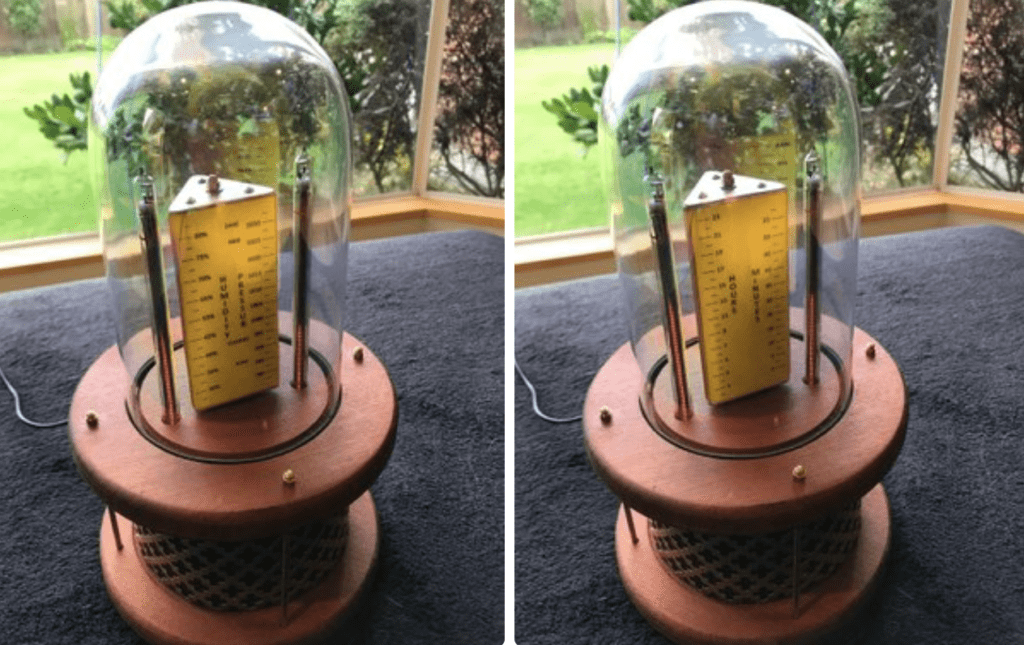Schlagwort: Nixie Tubes
-

Slot machine game harnesses the beauty of Nixie tubes
Reading Time: 2 minutesEveryone loves the look of Nixie tubes, with their glowing orange characters made of curvy filament. But we usually only see makers using Nixie tubes for one purpose: clocks. That’s unfortunate, because they have a lot more potential, as illustrated by Bob Cascisa’s Nixie tube slot machine game. This is a really…
-

This shield combines the retro charm of Nixie tubes with modern Arduino Cloud connectivity
Reading Time: 2 minutesArduino Team — July 8th, 2021 Nixie tubes are fun little devices that act like seven-segment display modules in that they can be lined up together in order to form a larger number by showing digits 0 through 9. One maker, Marcin Saj, has created a unique project that uses a series of six…
-

Geometric Nixie tube clock and environmental display
Reading Time: 2 minutesGeometric Nixie tube clock and environmental display Arduino Team — May 21st, 2019 Creators keep coming up with new clock designs, and while you might think that every new possibility has been exhausted, Christine Thompson has proved this assumption wrong once again with her “VFD Trilateral Clock.“ This Arduino Uno-powered device employs…
-

Vintage-style clock made from individual LEDs
Reading Time: 2 minutesVintage-style clock made from individual LEDs Arduino Team — November 6th, 2018 If you’ve ever wanted a vintage-style timepiece, or to test your soldering abilities, this clock by YouTuber Electronoobs will let you do both at once. It features four display modules that resemble Nixie tubes, each made out of LED filaments…



